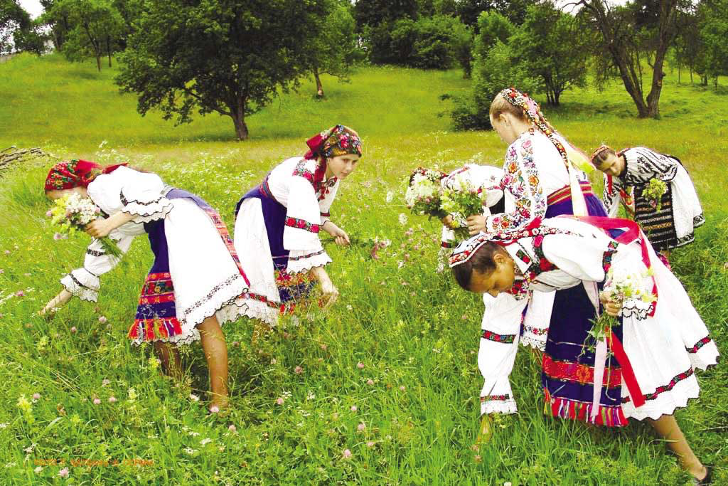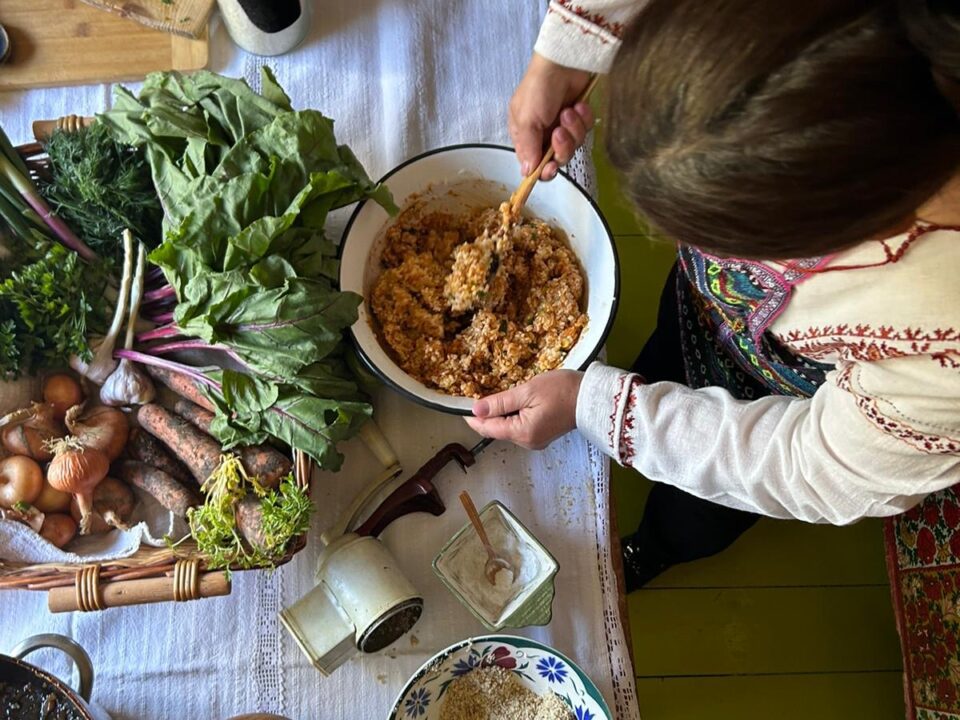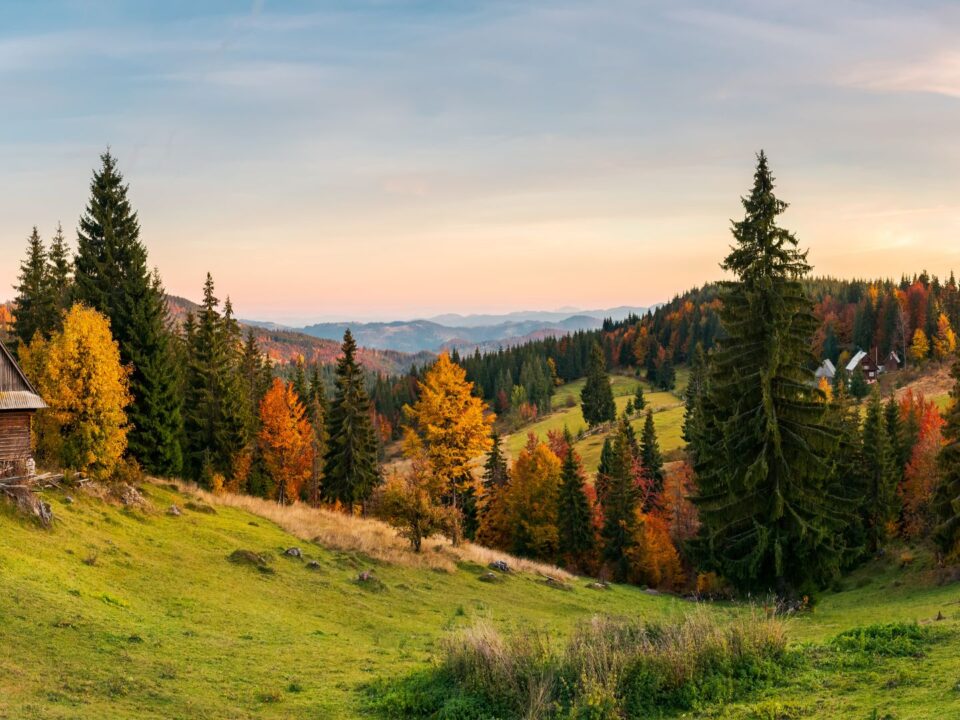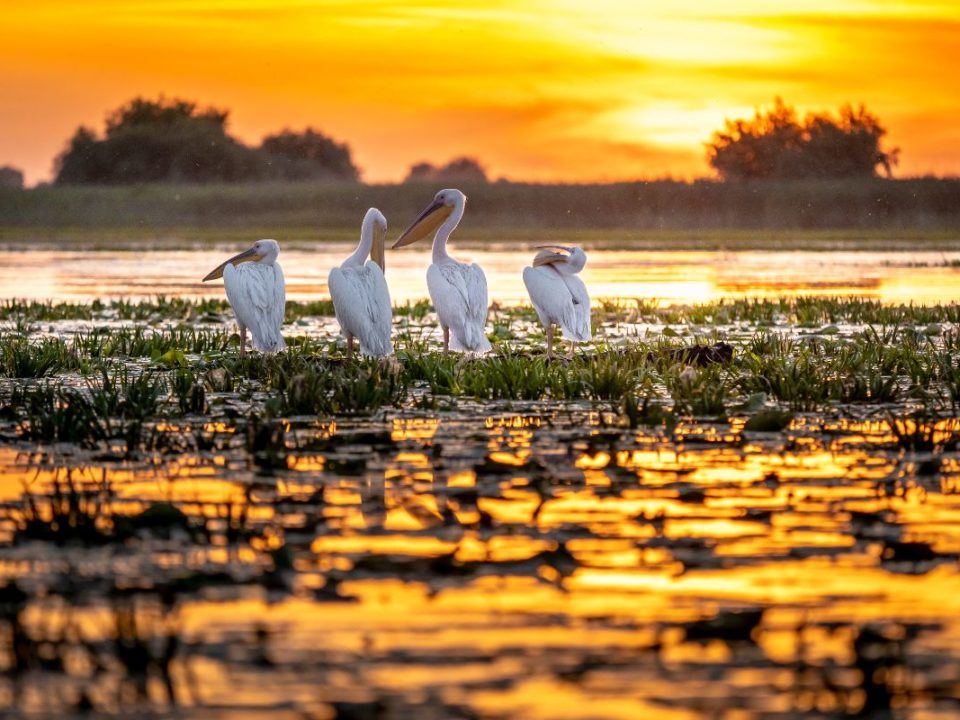
Romanian Summertime Magic
June 24, 2021
The Road To Targu Mures II
November 7, 2021– by Mouna Mounayer
Part One: Looking for George
Today, searching for your identity through ancestry tourism is big business. There are millions of digitised records on hundreds of platforms, but that wasn’t always the case. For twenty-five years, writer-director Mouna Mounayer searched for her mysterious grandfather. She was on the verge of giving up when a chance conversation led to a meeting with Beyond Dracula CEO, Raluca Spiac, whose enthusiasm and effort turned the tide on Mouna’s search. This is their story.

A sign on a sunny-yellow wall in the Transylvanian town of Sighisoara proudly states Casa Vlad-Dracul. Now demoted to a restaurant, the 15th century house was the birthplace of that most famous of Romanians, the unfathomable Vlad Tepes, Dracula himself. My mother, sister and I were passing through this astonishingly pretty medieval town, on a pilgrimage of sorts, to the birthplace of our own mysterious ancestor. He too was born in Transylvania and like the Strigoi, the undead of Romanian legend who haunt their living victims, my ancestor too haunted me from the moment I’d found out about him.

(Photo courtesy of Mouna Mounayer)
Inside Casa Vlad-Dracul, I stood in front of the portrait of Vlad Tepes, and wondered which character in the novel Dracula most resembled me. My inclination tended towards Professor Van Helsing. But, alas, by the time I finished writing this story, which, like Dracula’s tale, involved chasing a dead man from Romania across the globe, I feel more like the plodding Jonathan Harker than the clever, intrepid Dutch doctor. Jonathan Harker is not my favourite character. He isn’t overtly heroic, and he’s slow to act, but, like me, he is a rational, keen observer and knows how to follow a trail. However, unlike Dracula, my tale doesn’t concern the occult or the spreading evil of vampirism. It’s about the spreading of another kind of evil, the Nazi kind, and the damage caused by secrets, betrayal, broken-hearted lovers, unjust imprisonment, and a loss which comes out of nowhere, haunts a family, and takes years to fathom. It is also about an unexpected encounter and the forging of a friendship with Romanian, Raluca Spiac, CEO of Beyond Dracula, who picked up the threads of my story and went above and beyond to bring my ancestor out of the darkness.

(Photo copyright Mouna Mounayer)
In 1990, on a summer’s day in another quaint town, this time in the English Cotswolds, a chance conversation revealed the fact that the person I thought was my maternal grandfather wasn’t. Intrigued and a little shocked, I made a beeline for my Anglo-Indian grandmother. I had thought she was too conventional to be naughty and too Catholic to cheat, so I begged her to reveal all. To my surprise, she did, well, at least her version of the story. Set in the early 1940s, in the India of the Raj, it was the predictable tale of a lonely, unwanted daughter, unhappy in an arranged marriage, who had a chance encounter with a man who was kind to her. My grandmother met George W in 1942. She said he was Austrian, worked in the mills, had a PhD, and had died of a heart attack in the 1950s. She also said that Hitler killed his entire family. And from that moment, like Jonathan Harker, I negotiated a mysterious, almost fictional landscape dotted with misinformation, dead ends, and heartbreak.

(Photo copyright Mouna Mounayer)
For nineteen years, before the birth of Ancestry and the genealogy craze, I floundered. Who was this mysterious man who’d been kind to my grandmother and fathered my mother? What did he look like? Did I have German-speaking cousins floating around central Europe? I looked for him in Vienna and I tried to look for him in India, but all I got was nothing. Out of desperation, I tried the UK national archives and, lo-and-behold, they had information on someone with the same name, but the documents were sealed. Why? Who was this Austrian mill worker worthy of a sealed file? And why had my grandmother insisted he was a good Catholic? I had questions, lots of them. But my grandmother died in 1999 and there was no one left to whom I could turn.
On a winter’s night in 2009, I typed George W’s name into Google. I’d input it a thousand times over the years, only to be crushed when the search results came back. But this time, the gods of digitising had taken pity on me. A 1946 ship’s passenger manifest, carrying voyagers from Calcutta to New York, popped onto my screen. There he was, my George, squashed between a Eugenie and a Maureen. Finally, my first real clue to the elusive man whose blood ran through my veins.

Just as my grandmother had said, the passenger manifest corroborated his name, his profession, his nationality, and then the clincher, his place of birth – Maros Vasarhely, Hungary. In feverish excitement, I looked for the town, spelled it a hundred different ways, but no such place existed. So I went back to basics. And that meant research. I read the history of the Austro-Hungarian empire and a myriad more reference books. I also had an inkling that perhaps George was not as good a Catholic as my grandmother had insisted. Why would Hitler kill the family of a Catholic? Could George be Jewish? So I read tomes on the holocaust and joined Jewish ancestry sites in search of clues. And then there it was, in a small chapter on the restructuring of Hungary after WWII. The allies had given swathes of Hungary to Romania, including Maros Vasarhely. Now called Targu Mures, it was slap bang in the middle of Transylvania. Maros Vasarhely used to have a thriving Jewish community, and the synagogue, with its elegant stained-glass windows, was still standing. My next step was to find someone who spoke Romanian, Hungarian, and German to help me negotiate Romanian bureaucracy.
In my excitement, I had missed one important piece of information on the passenger manifest. In the column for nationality, someone had struck through Austria, replacing it with the word stateless. How could my grandfather be stateless? Dark thoughts permeated family conversations. Perhaps George wasn’t a Jew after all, perhaps he was a Nazi on the run. Is that why the British had a sealed file on him? Had he been hiding from the authorities in India? Was he a spy? But most important of all were the questions regarding our feelings. How should we feel about this man whose blood ran through our veins? My father felt a muted trepidation, my mother was intrigued and my sister ambivalent. But, like a hound on the scent of blood, I was excited by the thrill of the chase.
Join us next time for part two of the search for George on The Road To Targu Mures. Click here to read it.





15 Comments
I really enjoyed reading about your journey to discover your family’s past.
Dear Ronnie, I am so pleased you’re enjoying the story of my search for my grandfather. Best Mouna
Bravo Mouna, fascinated reading it, and if you forgive me, I feel part of it and can relate to the story. I knew and loved your Grandmother (she had the charisma of a film star) whenever she visited, from an early age, and used to hear various conversations between Uncle Claud, Aunty May and my Mum. Aunty May and Uncle Claud looked after and brought up your Mum while your grandma was away during the war. I was just old enough to hear and absorb what was going on, especially as your Mum was my playmate, along as Alec and Geoff. Ena was much older. Looking forward to reading the rest of your journey of discovery. Fascinating xx
Thank you Penny! Would so love to reminisce with you. Sending big hugs down under ????
Wonderful story can’t wait to read more
Thank you so much. Please share it.
Thank you Randa! Long time. Hope you and yours are well. Mouna x
Great story
Would love to publish on OZB and share on our FB etc will credit and provide link to BD
Amazing, thank you. Let me ask the author but it should be fine.
I love it, and can’t wait for part two!!!
Did you read part two? Part three is coming out today, December 1st 🙂
Hi Charbel, so glad you’re enjoying the read as much as I enjoyed the journey. Bisous x
Wow! I am just devouring it
Dear Cristiana, I am so glad you are enjoying the articles. Best Mouna